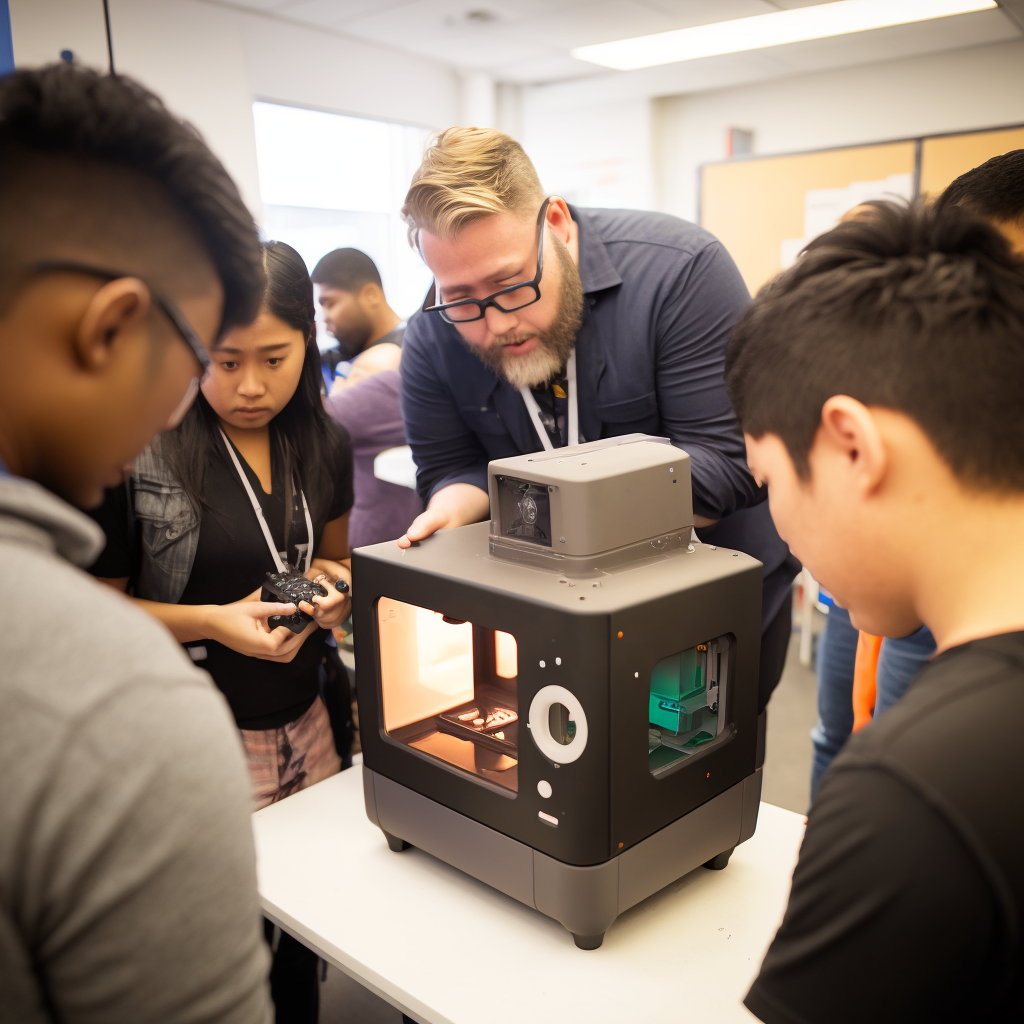In recent years, 3D printing has emerged as a revolutionary technology that has transformed the world of education. From creating intricate models and prototypes to exploring complex mathematical concepts and engineering designs, 3D printing has opened up endless opportunities for creative learning and innovation.
One of the key benefits of 3D printing in education is the ability to learn by trial and error. With traditional teaching methods, students are often taught through lectures and textbooks, with little opportunity to apply their knowledge in a practical setting. However, 3D printing provides students with the ability to experiment and test their ideas, allowing them to learn through hands-on experience and trial and error. This approach to learning is known as project-based learning (PBL) and has been shown to be highly effective in developing critical thinking, problem-solving, and creativity skills.
The creative possibilities of 3D printing are endless. For instance, students can create their own custom models and prototypes, which can be used to explain complex concepts and ideas. This can be particularly useful in subjects such as science, where 3D printing can be used to create models of complex molecules or anatomical structures. Additionally, 3D printing can be used to create intricate mathematical models, which can be used to visualize complex mathematical concepts and equations.
Moreover, 3D printing can also be used to teach engineering and design principles. With 3D printing, students can design and create their own prototypes, allowing them to explore the principles of design and engineering in a practical way. This approach not only helps students to learn the technical skills needed for these fields but also fosters their creativity and innovation.
So, 3D printing has opened up new avenues for learning in education. By providing students with the ability to experiment, test and learn through trial and error, 3D printing has helped to develop critical thinking, problem-solving, and creativity skills. The endless creative possibilities of 3D printing have made it an invaluable tool for teaching subjects such as science, math, engineering, and design. With its potential to inspire creativity and innovation in students, 3D printing is set to revolutionize the way we teach and learn in the future.
We could end this small article with a question: What kind of innovative projects or designs can you come up with using 3D printing, and how can they help you learn in new and exciting ways?

